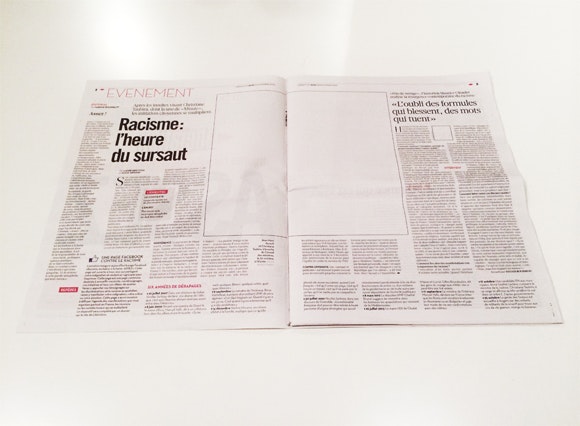Figuring out how, when, where and why we can pay homage to photography is something that has been very much on my mind lately. From 2008-2010, as I did the groundwork for Photography Changes Everything and in years since, as I’ve travelled and talked about that project, what has become clear to me is that if photography seems overwhelming to some and unruly to many as we seem to greedily consume and produce more images, and as the medium is in the midst of redefining itself, we need to track the phenomenon and question the consequences of all that. “The more I thought about what photographs are,” Susan Sontag wrote over forty years ago in On Photography, “the more complex and suggestive they became.” And it stands to reason that the more photographs we make and have to deal with today, the more it behooves us to explore what that ubiquity says, what it means, and what it demands of us.





